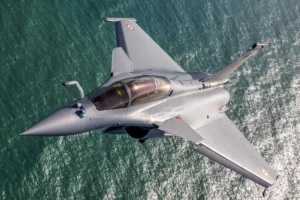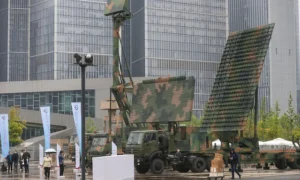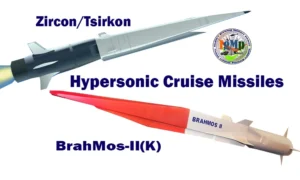The United States authorized its first-ever delivery of military hardware to Taiwan through a program typically used to support independent and sovereign states, in what could be seen as an apparent digression from its stated ‘One China’ policy.
This comes amid China releasing its “standard map” on its Ministry of Natural Resources website and claiming the Indian state of Arunachal Pradesh and the Aksai Chin plateau. The map also includes part of Malaysia’s maritime area off Borneo, as well as Taiwan and swaths of the South China Sea.
On August 30, the White House informed the Congress of the US$80 million deal, which may be relatively small in scale but has significant political ramifications. Although US military packages for Taiwan are not particularly surprising, the latest one uses the provision known as “Foreign Military Financing” (FMF), which is only used for sovereign states.
“This is the first-ever FMF provision to Taiwan,” the spokesperson of the US State Department said in a statement. “The United States makes available to Taiwan defense articles and services necessary to maintain a sufficient self-defense capability.”
The only other instance in which Washington is said to have given military assistance to a non-nation state under this arrangement was when it did so for the African Union, a body of independent states with headquarters in Ethiopia.
In its advisory, the administration of US President Joe Biden said the material would be used to “strengthen Taiwan’s self-defense capabilities through joint and combined defense capability and enhanced maritime domain awareness and maritime security capability.”
China regularly criticizes Washington’s delivery of arms to Taipei as a political overreach and interference in Beijing’s sovereignty issues. It regards Taiwan as a rogue province, vociferously opposes all military packages from the US, and has openly vowed to unite the self-ruled island with the Chinese mainland someday “with the use of force if necessary.”
The package is expected to further anger China as all previous US arms sales to Taiwan have been authorized through different channels, which does not imply statehood. Consequently, as the new development started making headlines, US officials clarified that the financing commitment did not signal a shift in the country’s one-China policy.
Speaking anonymously, an informed source told the Associated Press: “The United States has provided Foreign Military Sales (FMS) to Taiwan for years. FMF enables eligible partner nations to purchase US defense articles, services, and training through either FMS or, for a limited number of countries, through the foreign military financing of direct commercial contracts (FMF/DCC) program.”
However, it has also been noted by military and policy watchers that the language used in the notification implied that Taiwan is or could be compared to a “state” or a “country,” something China vehemently opposes. Moreover, the notification comes when China has significantly intensified its military activity near Taiwan, especially in August.
Tensions have continued to run high as China’s Ministry of Natural Resources released the 2023 edition of the “Standard Map of China,” depicting Taiwan as part of the Communist country on August 28. Taiwan has rebuked the maps, categorically stating that Taiwan was never under the direct rule of the PRC.
After Chinese fighter jets crossed the Taiwanese median line on August 29, its Ministry of National Defense (MND) warned there could be a “sharp increase” in tensions.
Against that backdrop, the latest US military package to Taiwan does not augur well for the stakeholders while also somewhat vindicating China’s repeated assertions about the US shifting from its ‘One China’ policy by lending direct support to Taiwan.
Confused ‘One China’ Policy
Last month, in what was believed to be a subtle US snub to Taiwan amid rising tensions with China, the US State Department suddenly dropped the word ‘country’ from its travel advisory notice for Taiwan when China’s aggression against Taiwan became the primary driver of tensions with the People’s Republic of China (PRC).
In a significant change that aligns with the US’ One China’ policy, the website now features a “Taiwan international travel information” page instead of the “country information page” for Taiwan that the travel advisory previously pointed users to.
The change in the travel advisory and deleting the word ‘country’ drew widespread attention because the United States does not generally shy away from backing Taiwan at the expense of deepening alienation and tensions with China. For instance, Washington has authorized the sale of sophisticated weaponry to Taiwan, ignoring Chinese protests.
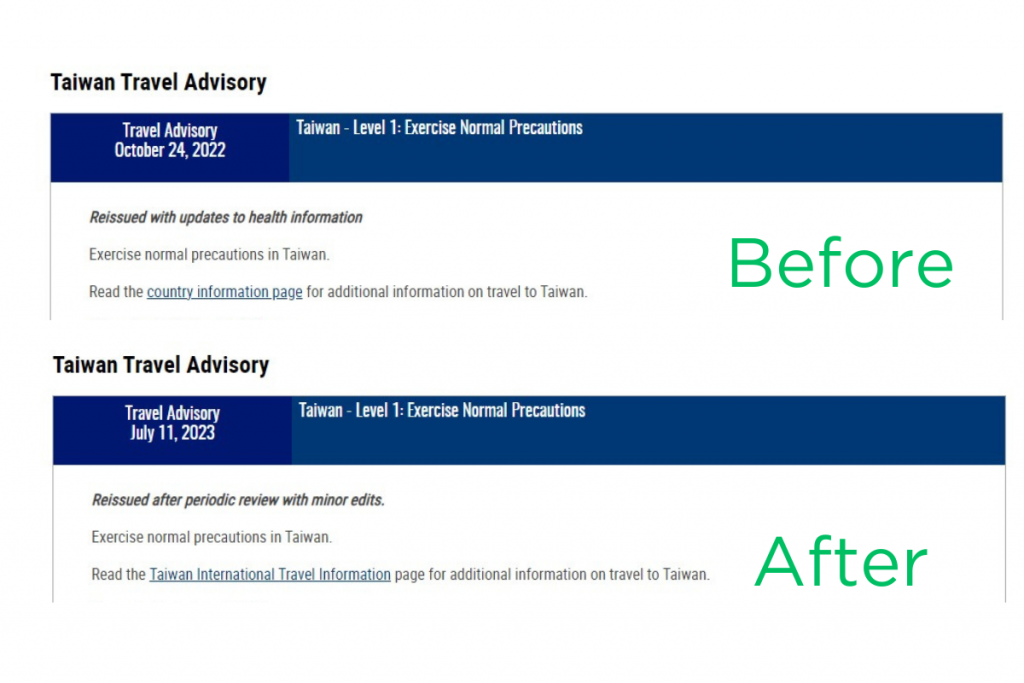
The One China policy fundamentally runs counter to Taiwan’s independence. In 1979, the United States decided to stop recognizing the Republic of China (ROC) and start recognizing the People’s Republic of China (PRC), stating that the PRC government was “the sole legal Government of China.” “Sole” refers to the PRC as the only China, with the ROC not regarded as a distinct sovereign state.
Despite Chinese pressure, the United States refused to acknowledge Chinese rule over Taiwan, which is what it prefers to be called since it chose to de-recognize the ROC. On the other hand, Washington accepted Beijing’s stance that Taiwan was a part of China.
Beijing has accused Washington of dithering from its policy over and over again. For instance, last summer, the US State Department’s website’s section on relations with Taiwan removed the phrase expressing opposition to Taiwan’s independence or endorsing Beijing’s view that Taiwan is a part of China.
China fiercely criticized the move, which termed it “political manipulation.” The Chinese Foreign Ministry spokesman Zhao Lijian told reporters that the United States’ changing its fact sheet on Taiwan-US ties was “a petty act of fictionalizing and hollowing out the one-China principle.
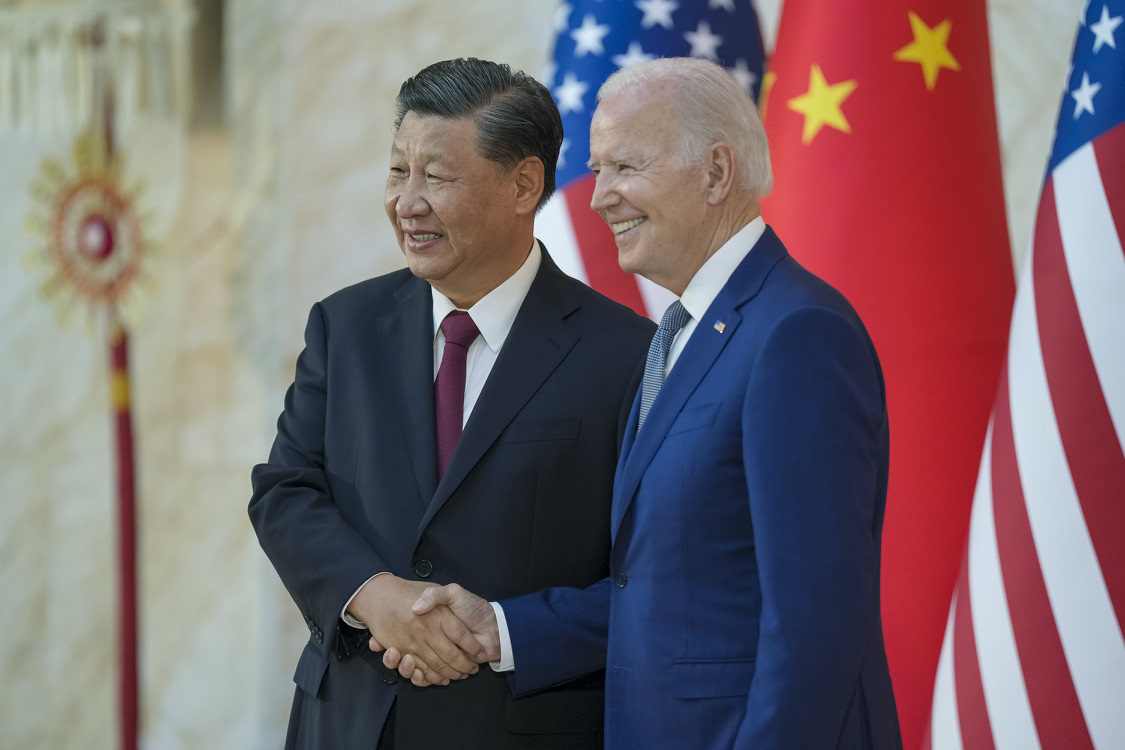
Later that year, after the high-voltage August drama that saw China conducting large-scale military drills encircling Taiwan in response to US House Speaker Nancy Pelosi’s visit to the self-ruled island, the US State Department said in September last year that it does not take a position on Taiwan’s sovereignty under Washington’s “One China” policy.
When asked by reporters at a briefing whether Taiwan was part of China under Washington’s “One China” policy, State Department spokesperson Ned Price said, “We don’t take a position on sovereignty, but the policy that has been at the crux of our approach to Taiwan since 1979 remains in effect today.”
The US, at least theoretically, does not support Taiwan’s independence. However, US President Biden has said on national television that his military would support Taiwan if attacked by China.
With its ‘One China’ policy, the US remains confused over dealings with Taiwan.
Source link
#China #Scuffle #Taiwan #Beijing #Claims #Democratic #Island #Map #Questions #China #Policy



